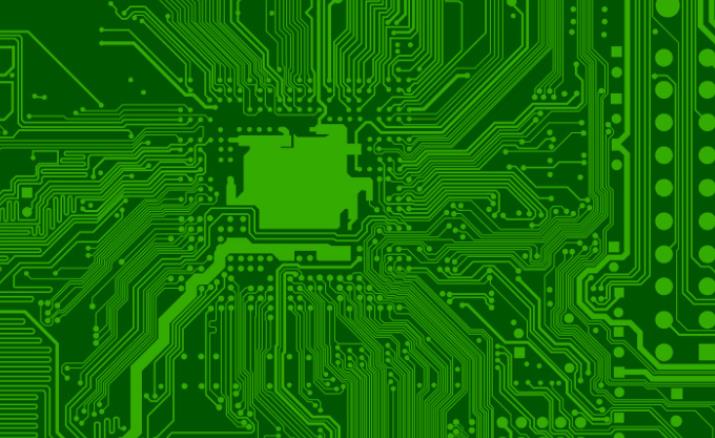Inspection purpose: to verify the reliability of the solder joint strength of the products produced by PCBA.
Metodo e processo di ispezione:
1. Visual inspection of solder joints
(1) Use tools: X-Ray, 3-D microscope
(2) Main inspection, X-Ray mainly inspects Solder Balls solder joint shape, cortocircuito, displacement, Dimensione vuoto, ecc. di BGA, LGA, QFN e altre parti; Il microscopio 3-D ispeziona principalmente l'aspetto dei giunti di saldatura delle parti di perdita di piombo, and the angle of soldering. Etc., as well as the appearance of tin balls on the periphery of BGA parts, crepe di stagno, stolen goods, etc.
(3) Inspection frequency: X-Ray: For BGA and LGA products, 1pannello è ispezionato ogni 1K. 3-D microscope has been introduced: For BGA and LGA first pieces, l'aspetto di 5 particelle sui quattro lati e il centro è ispezionato. Used when analyzing defective products
(4) Inspection standard: Acceptance standard of Void size
IPC610D specification:
1. The bubble volume ⤠25% of the tin ball volume is the acceptable bubble acceptance standard:
2. The bubble volume ⥠25% of the tin ball volume is unacceptable
Solder Balls displacement judgment standard:
1: Solder ball offset PADâ¤25% is an acceptable level
2: Solder ball offset PADâ¥25% is unacceptable
Solder Balls Short Circuit Judgment Criteria: All short circuits are unacceptable even with tin
2. Solder joint strength inspection
(1) Tools used: push-pull machine and fixture
(2) Main inspection: resistance/capacitance/induttanza/SOP, QFP and other original push-pull force measurement. Frequenza di ispezione: ispezione quando nuovo prodotto/nuovo originale/new solder paste is introduced; when bad analysis
(3) Inspection standards: There are currently no inspection standards and empirical values in the industry, fatta eccezione per le esigenze dei soli clienti.

3. Dye test
(1) Tools used: dye, vacuum pump, forno, 3-D microscope
(2) Main inspection: Whether the tin balls of BGA parts are intact and whether there is tin cracking
(3) Inspection frequency: inspection at the time of new product/nuovo originale/new solder paste introduction; at the time of failure analysis
(4) Inspection standards:
Crack (color display) is not allowed on PCBA that has not done any Reliability experiment.
PCBA Crack dopo l'esperimento di affidabilità appare sullo strato finale del giunto di saldatura ¤ 25% è accettabile.
4. Section Inspection
(1) Use tools: grinding machine, sealing material, carta vetrata, polishing powder
(2) Main inspection: Cross-section observe the metallographic structure of the solder joints, così come la formazione IMC e la cristallizzazione dei giunti di saldatura.
(3) Inspection frequency: inspection at the time of new product/nuovo originale/new solder paste introduction; at the time of failure analysis
(4) Inspection standards:
Slice Solder Ball, QFP, SOP sample inspection:
1: Solder ball offset PADâ¤25% is an acceptable level
2: Solder ball offset PADâ¥25% is unacceptable
3: Both short-circuit and empty welding at the solder joint ends are rejected.
4: Crack not allowed
5. Microstructure and element analysis
(1) Use tools: SEM electron microscope & EDX
(2) Main inspection: microstructure of solder joints, Misura dello spessore IMC, and surface element structure analysis
(3) Inspection frequency: inspection at the time of new product/new original/new solder paste introduction, and at the time of failure analysis
(4) Inspection standard: Solder Joint IMC thickness inspection:
PCBA PAD end: 2-5um, Component Substrate 1-3um
EDX judgment: usually Solder Ball and element composition are: Sn/Ag/Cu 96.5%/3.0/0.5 dove il rapporto atomico di C e O è normale al 10%. The content of element P of the IMC layer is about 9-11%, che è normale.